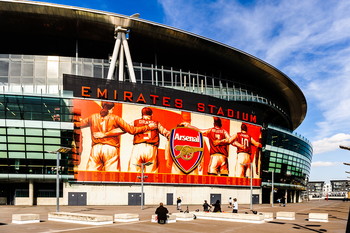
Elsewhere on this site you’ll find a piece all about the different cities, predominantly in Europe, that have more than one football club within their boundaries.
From the famous rivalry of Liverpool and Everton, just over a mile away from each other, through to the likes of AC Milan and Internazionale who share the same ground, there are some genuinely interesting tales to tell about multi-club cities. With that in mind it made sense to look at the major cities in a touch more detail.
After all, such is the immense rivalry you’ll find in cities with football clubs close to each other that it’s difficult to do it justice in a relatively short paragraph.
That is especially true when it comes to discussing London, with the capital city of England boasting fourteen different clubs in the Football League system alone. It is London that we’re discussing here, so strap in for a whistle stop tour of each of the fourteen grounds and a look at the rivalries therein. For the sake of interest, we’ll also list the distance as the crow flies from the stadium to Big Ben.
{module Maps – Cities – London}
Football Stadiums in London
| Stadium | Capacity | Team | League |
|---|---|---|---|
| Beveree Stadium | 3,500 | Hampton & Richmond Borough Football Club | National League North and South |
| Brisbane Road | 9,271 | Leyton Orient | League One |
| Community Stadium | 17,250 | Brentford | Premier League |
| Craven Cottage | 25,700 | Fulham | Premier League |
| Gander Green Lane | 5,032 | Sutton United | National League |
| Griffin Park | 12,300 | (Brentford) | |
| Grosvenor Vale | 4,069 | Wealdstone FC | National League |
| Hayes Lane | 5,000 | Bromley FC | League Two |
| Kingsmeadow | 4,850 | Kingstonian FC & Chelsea Women | Isthmian League |
| Loftus Road | 18,439 | Queens Park Rangers | Championship |
| London Stadium | 68,013 | West Ham United | Premier League |
| Meadow Park | 4,500 | Borehamwood | National League North and South |
| Plough Lane | 9,215 | AFC Wimbledon | League Two |
| Selhurst Park | 25,486 | Crystal Palace FC | Premier League |
| Stamford Bridge | 40,341 | Chelsea FC | Premier League |
| The Boleyn | 35,016 | (West Ham) | |
| The Den | 20,146 | Millwall | Championship |
| The Emirates | 60,704 | Arsenal FC | Premier League |
| The Hive Stadium | 6,500 | Barnet | National League |
| The Valley | 27,111 | Charlton Athletic | League One |
| Tottenham Hotspur Stadium | 62,850 | Tottenham Hotspur | Premier League |
| Victoria Road | 6,078 | Dagenham & Redbridge | National League |
| Wembley | 90,000 | England | |
| White Hart Lane | 36,284 | (Tottenham Hotspur) |
Arsenal – The Emirates Stadium (3.77 Miles to Big Ben)
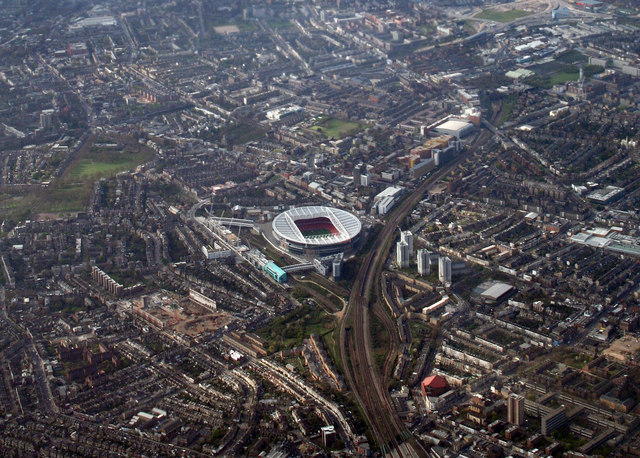
The Gunners are a good team to start with when it comes to London, given that they have moved around a couple of time. There most recent change of location wasn’t that interesting, with the Emirates Stadium being located around ten minutes walk from the club’s old ground, Highbury. The first major move, on the other hand, was very interesting indeed and the basis of the club’s long-standing rivalry with Tottenham Hotspur.
Spurs, as we’ll come on to discuss in more detail shortly, were the original North London team. They owned the patch, with Arsenal calling Plumstead their home up until 1913. That’s precisely why there was not much of a rivalry between the two clubs in the early years of football, given that the Gunners were based nearly ten miles to the South-East. The move created one of the biggest rivalries in the game, though, as discussed here.
When it comes to their other footballing rivalries within the city, they all pale in comparison to Spurs. Yes, Arsenal fans don’t like West Ham very much, nor are they keen on Fulham or Chelsea, with the latter being a thoroughly modern rivalry as the Blues have gained success under Roman Abramovich. Mostly those rivalries are based on little more than the fact the clubs are in the same city and therefore fans aren’t supposed to like each other. It’s the Spurs match that Gooners get most up for and vice-versa, with that situation unlikely to change any time soon.
Tottenham Hotspur – White Hart Lane (7.43 Miles to Big Ben)
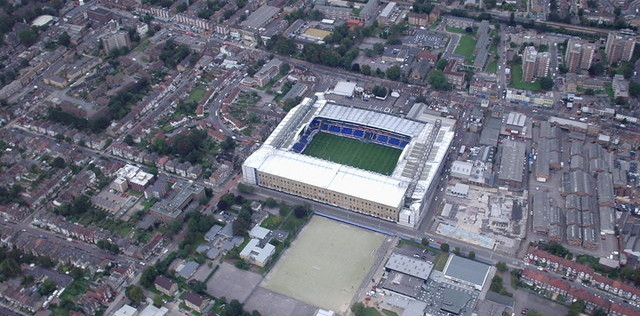
When we say that Spurs were the kings of North London in the early days, we weren’t kidding. The Lilywhites played on Tottenham Marshes as soon as the club was formed in 1882, remaining there until the crowds got so big it was clear they’d need to find a more permanent home, so they moved to Northumberland Park. Again, life here was short-lived when, in 1899, Spurs played Woolwich Arsenal and 14,000 people turned up to watch.
You’ll notice, of course, that link with Arsenal again. The history of the two clubs in London, especially when it comes to talking about the football grounds they’ve both played their games in, is inextricably linked. They moved to White Hart Lane in 1899, actually bringing with them a stand for 2,500 people that had been located at Northumberland Park. The move became permanent in 1905 when they bought the freehold for the land and they’ve been there ever since. The only exception to the was in the 2017-2018 season when they moved into Wembley whilst White Hart Lane was knocked down and rebuilt.
Much like is the case with Arsenal, there is a rivalry between Tottenham and both West Ham and Chelsea. Again, though, this is based far more on the fact that each club is located in London than it is about an actual dislike between the two sides. From Tottenham Marshes to White Hart Lane via Northumberland Park, Spurs are a North London team and always have been. It’s the history that means they still consider themselves to be the kings of that part of town.
Chelsea – Stamford Bridge (3.10 Miles to Big Ben)
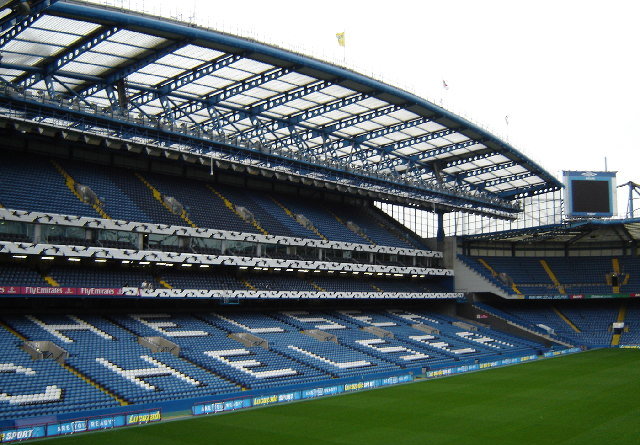
Chelsea’s biggest rival in geographical terms has always been Fulham, seeing as though Craven Cottage is just under a mile and half away from Stamford Bridge. That rivalry isn’t as relevant any more, with the Blues enjoying considerable success since being taken over by multibillionaire Roman Abramovich in the middle of the new millennium. It is steeped in history, however, as Stamford Bridge was originally offered to Fulham to be their new ground.
Fulham declined the opportunity to play there, so the owners of the property chose to start a brand new football club and Chelsea was born. Chelsea supporters consider their main rivals to be Arsenal, though they aren’t big lovers of Spurs either. The Arsenal dislike comes out of the relative successes of the two teams, particularly in the Premier League era, whilst the Spurs rivalry is back to that notion of both teams being based in London. One of the most centrally located stadiums in London, Stamford Bridge is somewhat rare insomuch as the stadium was founded before the football club.
West Ham – London Stadium (5.29 Miles to Big Ben)
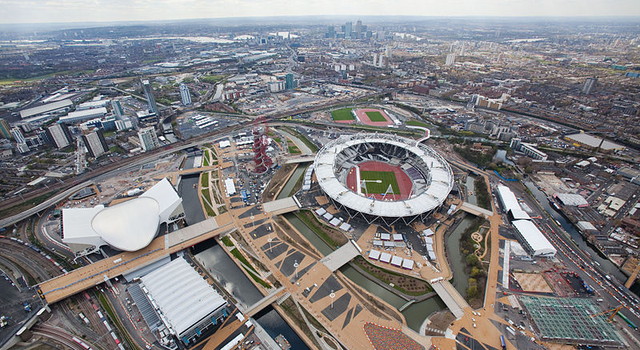
West Ham began life as Thames Ironworks and initially played their matches at Hermit Road in Canning Town, to the East of Central London. They temporarily played matches at nearby Browning Road in East Ham before returning to Canning Town to play at the Memorial Grounds. Obviously the club is best known for playing at the Boleyn Ground, more commonly referred to as Upton Park, before the 2016 move to the London Stadium.
There are city-based rivalries between West Ham and Spurs, Arsenal and Chelsea, but there’s no question that the fiercest rivalry is between the Hammers and Millwall. Both sides were born out of local businesses and their players often lived in the same areas as each other. When the two sides meet there is often violence, as each team’s supporters claim to have the best ‘firm’ of hooligans. One of those instances when football supporters do themselves no favours.
Crystal Palace – Selhurst Park (7.30 Miles to Big Ben)
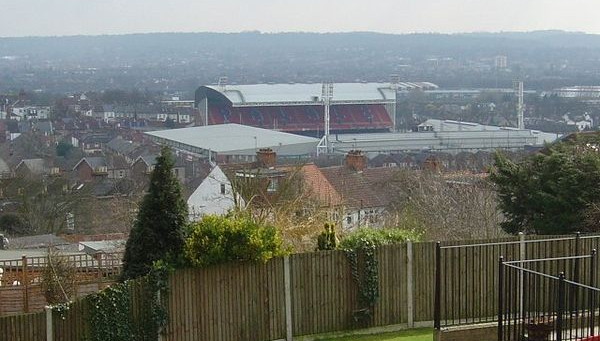
In 1905 the FA Cup Final was played at a stadium within the grounds of the Crystal Palace in London. Believing there was a decent local crowd to be tapped into, the owners of the stadium formed a football club and named it after the venue. After the outbreak of the First World War, the Admiralty took control of the Crystal Palace and so the team was forced to move to the Herne Hill Velodrome and then to The Nest. The club didn’t move to their current home, Selhurst Park, until 1924.
There are numerous theories as to why Crystal Palace aren’t really engaged in any particularly fierce rivalries with any of their London contemporaries. For starters, the fact that the team is based a little outside of Central London might well have made a difference, with all of the teams we’ve already mentioned pre-occupied with disliking each other. There’s also the fact that Palace haven’t enjoyed as much success as the other teams, meaning that they’ve never been considered a threat.
Brentford – Griffin Park (7.72 Miles to Big Ben)
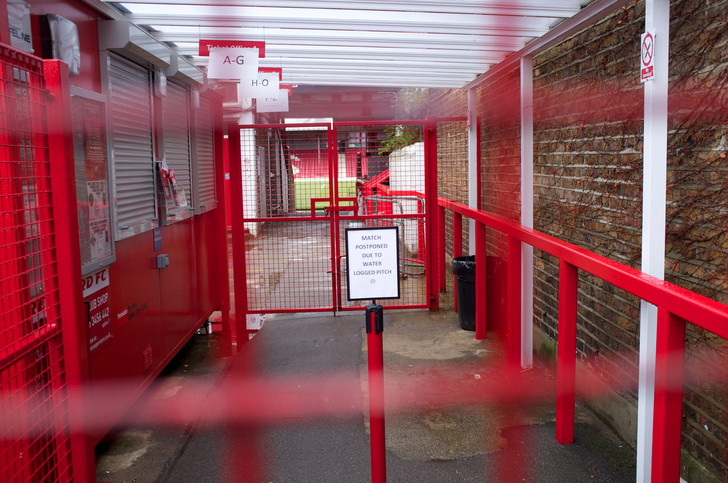
Another team that doesn’t have a particular big rivalry with other London clubs largely because of their lack of success is Brentford. Founded in 1889 when the local rowing club decided on football over rugby union as a decent winter sport to keep them fit, they’ve played their games at Griffin Park since 1904.
There is a dislike between Brentford and Fulham, with violence often marring the fixture when it takes place. There’s also a rivalry with QPR after the latter tried to takeover Brentford 1967, a move that would have seen Brentford shut down.
Charlton Athletic – The Valley (7.05 Miles to Big Ben)
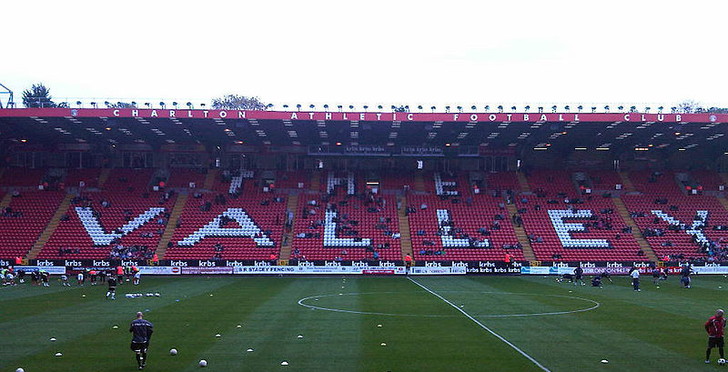
Charlton might well have had a big rivalry with Arsenal, had the Gunners not moved to North London, owing to the proximity of the two clubs back when they were formed. As it happens the Addicks have a sometime rivalry with Crystal Palace because of the Eagles’s chairman’s decision to allow Charlton to share their stadium in the mid-1980s.
Athletic had to leave The Valley due to safety reasons and played at Selhurst Park in a move that pleased no one. When Millwall moved to The Den in 1910 they ended up around 4 miles away from Charlton and a dislike of each other was the result.
Fulham – Craven Cottage (4.56 Miles to Big Ben)
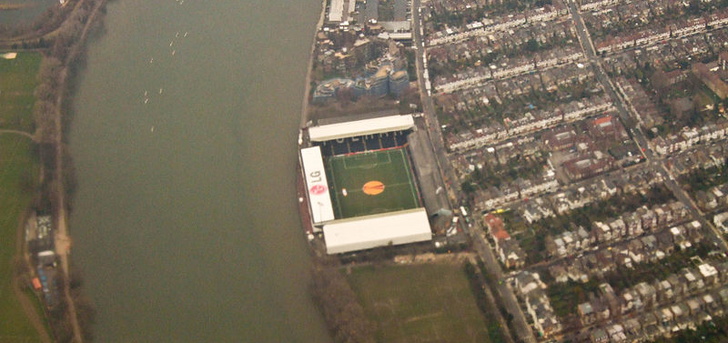
There’s something about Fulham that’s quite difficult to dislike. Even clubs within the proximity of Craven Cottage don’t really mind them all much. The closest side, as we’ve mentioned, is Chelsea, but the Blues being bothered by the Cottagers wouldn’t make much sense considering the relative success of the two sides.
There’s not much love lost between Fulham and Queens Park Rangers, Brentford and Palace, but it’s all a bit like the runt in the litter trying to start a fight with his bigger brothers.
Queens Park Rangers – Loftus Road (4.66 Miles to Big Ben)

Queen Park Rangers’s name has come up a few times so far, which is mostly down to the club’s proximity to the centre of London. Located pretty much smack in the middle of White City and Shepherd’s Bush, QPR find themselves close to both Fulham and Chelsea. Their rivalries might have been more substantial had the club not moved around eighteen times between 1886 and 1963.
They’re not one of the most loved clubs in London, but a lot of that is down to the way they’ve been run as opposed to any particularly noteworthy moments based on their geographical location.
Millwall – The Den (3.33 Miles to Big Ben)

Millwall are one of those sides that hates everyone and that everyone hates. A lot of this is down to the notorious ‘firm’ of hooligans that have caused other sides trouble over the years. There is a major rivalry between them and West Ham as we mentioned before, despite the fact that the two sides aren’t often in the same division as each other.
There should be more of a rivalry with Charlton, considering the stadiums are located to close to each other. Instead the Millwall fans have decided that everyone hates them, but they don’t care.
AFC Wimbledon – Kingsmeadow (9.40 Miles to Big Ben)
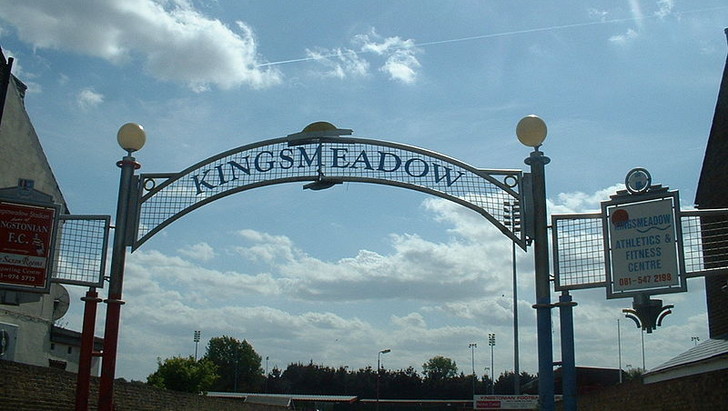
Located not far from Kingston-Upon-Thames in South-West London, AFC Wimbledon haven’t really been around for long enough to form any sort of rivalry that is based on their location within the boundaries of London.
Their most obvious rivalry is with MK Dons, that team that the original Wimbledon became when they relocated to Milton Keynes. Charlton and Millwall are both based in South London too, so there’s a bit of argy-bargy there, but it’s nothing to really write home about.
Barnet – The Hive Stadium (10.04 Miles to Big Ben)

Despite being one of the most Northern of the London clubs, Barnet FC isn’t actually based in the district of Barnet. Instead The Hive Stadium can be found in the middle of Harrow, Edgware and Stanmore.
Owing to the fact that the club has spent most of its existence toiling in the lower leagues and non-league, Barnet have never been successful enough to earn themselves a proper rivalry. There was one with Enfield, but that fizzled out when the club ceased operating.
Dagenham & Redbridge – Victoria Road (12.65 Miles to Big Ben)

Located over in the East part of London, Dagenham & Redbridge have neither existed for long enough nor been successful enough to work up much of a rivalry with anyone in London.
You’d think that West Ham wouldn’t be big fans because of the geographical positioning, but in reality they see them more as a little brother if they bother to think about them at all. Formed in 1992 and spending most of the years playing non-league football, they are on of London’s least well-known clubs.
Leyton Orient – Brisbane Road (6.31 Miles to Big Ben)

The O’s are the final team we’ll mention that are based on London. They’ve actually got a decent pedigree as a club, having been formed in 1881 and playing football at numerous grounds in the North-East of the city before settling at Brisbane Road in 1937.
As with most of the clubs based in the lower reaches of the Football League, there are rivalries with the likes of Brentford and Dagenham & Redbridge. There’s no love lost between Leyton Orient and West Ham, though the latter’s success means its all but irrelevant. In fact, Brisbane Road is used as the stadium for Tottenham Hotspur’s reserve side, so Orient aren’t exactly the most hated of London clubs.
